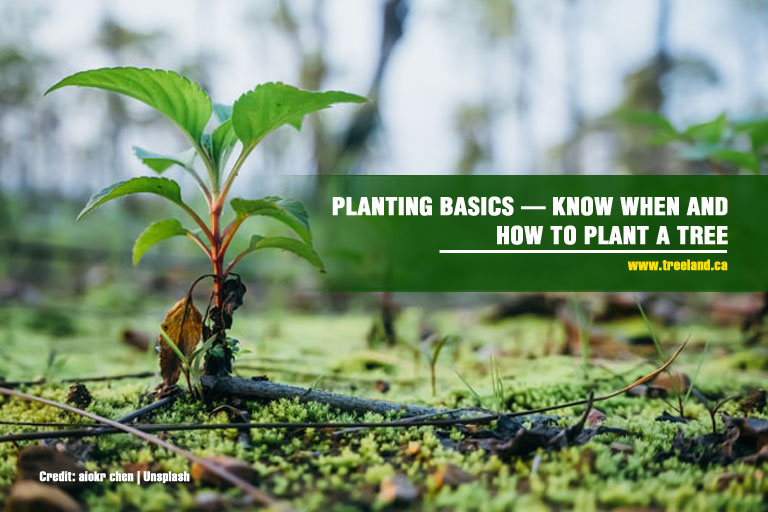
When you’re looking for some new landscaping ideas to give your yard a new look, consider planting a tree. Trees provide plenty of benefits for the home including protecting your privacy and boosting your home’s curb appeal. All this makes trees a sound investment that can pay off in spades. However, there’s a right way to do anything, and that includes planting trees.
When You Should Plant Your Trees
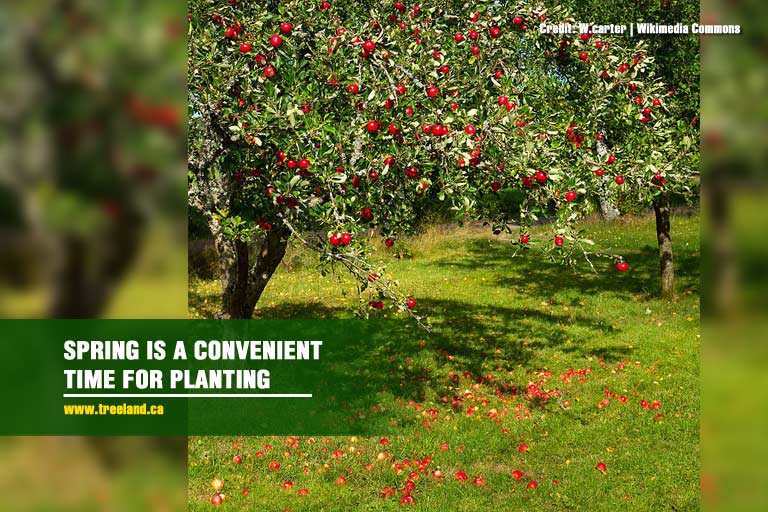
The first thing to keep in mind is picking the best time to plant your tree. Planting in the right season is key to making sure your tree stays healthy, especially if it’s a sapling. This is a crucial time for a tree, and having the right conditions can be a major factor in helping yours take root.
Spring is generally a good time for planting.
Many nurseries are fully stocked with seeds, making it easy to find a good match for your yard. Planting in spring also gives your tree a chance to grow through summer and grow strong and healthy in preparation for winter.
When planting in spring, it’s important to plant early to give your tree more time to set down roots. It’s vital your tree develop strong root systems before any major heat waves. Having an established root system makes it easier for trees to pull in the moisture it needs even during dry spells. While you’re at it, remember to water your tree thoroughly to help it establish deep root systems and give it enough water to help it grow tall and strong.
How to Plant a Tree
When it comes to planting a tree, there’s a bit of work involved before you can make your landscaping ideas a reality. Planting a tree isn’t as simple as digging a hole and putting the tree in. You’ll need to consider a variety of factors to ensure the surroundings make a healthy, stable environment for the tree. Taking the time to do some homework can be a major factor in giving your tree a better shot at setting down roots in your yard.
Here are a few basics of planting to ensure your tree gets off to a good start:
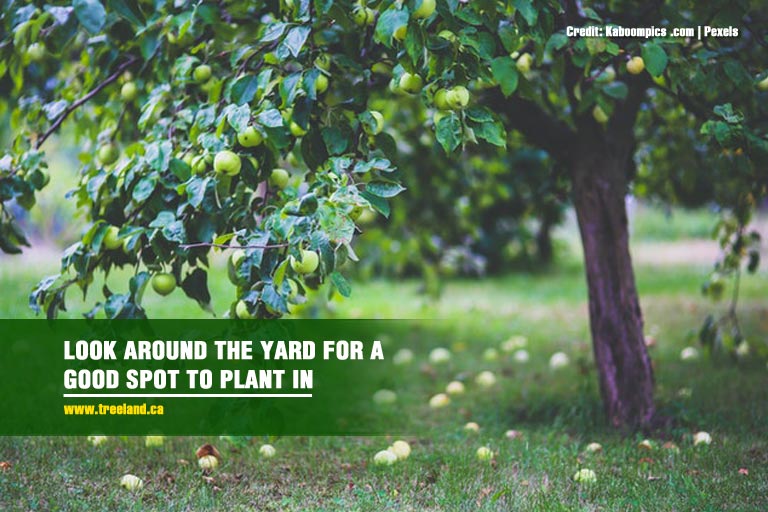
- Find a Good Spot
Before planting, it’s a good idea to take a look at your yard to find an ideal spot to plant your tree. You’ll have this tree for several years, so it pays to put some thought into planting your tree in the right spot.
Keep an eye out for a site that has plenty of free space for the tree to grow outward and upward. The tree needs some free space around it to develop strong roots, so keep it far enough from the house and driveway to avoid any damage. Keep the tree’s height into account as well; refrain from planting near any power lines so the tree can grow unimpeded.
- Prepare a Wide Hole
Now that you have a place to plant the tree, it’s time to dig a hole for it. It’s important you dig a wide enough hole to accommodate the tree’s eventual size.
Measure the root ball of your tree to help determine how wide the hole should be. Dig the hole so that it’s 2 or three 3 wider than the ball, and just as deep.
Another way to tell you how to dig the hole is to look for the point where the trunk flares out to join the roots. Make sure the hole is shallow enough that the flare stays above the soil. Planting the tree too deep is a common mistake; keep this in mind so your tree stays healthy as it grows.

- Position the Tree Carefully
When it comes to moving a tree, it’s vital you handle the tree carefully at every stage, particularly when doing the actual planting. It’s important your tree be planted straight to ensure it grows healthy as the years go.
Check the tree every so often as you plant it to make sure the trunk stays upright. To make extra sure that the tree is positioned straight, use a level to improve your accuracy. While you’re moving the tree, you can also position it so its best face is more prominent to help maximize the effect it has on your surroundings. Your tree adds to the aesthetic of your yard, so it helps to help it put its best forward, so to speak.
- Backfill Carefully
Once you’ve set the tree, refill the hole with the original soil you dug. Older sources advise that you should add organic matter (like compost, peat moss, or manure) to the backfill. However, more recent advice suggests leaving the backfill unaltered instead. Using more of the original soil encourages the roots to spread out into the surrounding soil instead of sticking to the planting hole.
One thing you can add to the backfill is bone meal. Bone meal provides plenty of essential minerals and nutrients the tree needs to stimulate growth and promote healthy root systems.
- Eliminate Any Air Pockets
As you backfill the hole, it’s also important to remove any air pockets to ensure better root to soil contact. After backfilling part of the hole, tamp down the soil lightly with your hands or shovel. Alternatively, water the layer lightly to eliminate large air pockets without compacting the soil too much.
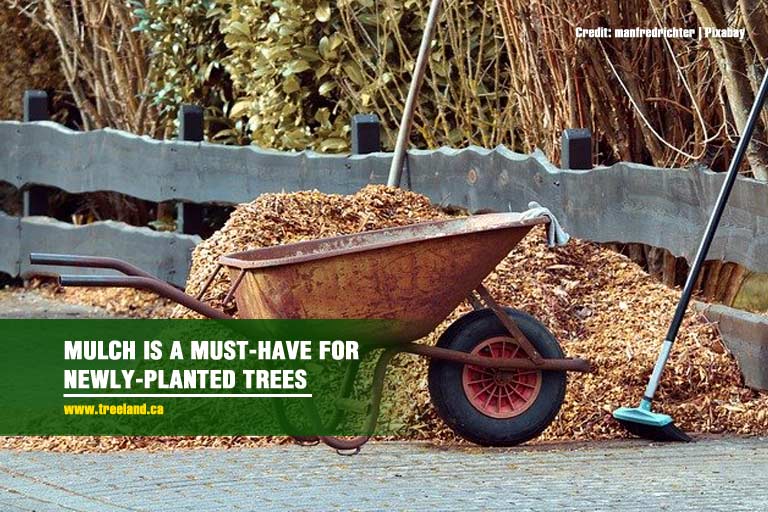
- Apply Some Mulch
Mulch is a must for newly-planted trees to help them retain the all-important moisture and discourage weed growth that could compete with the sapling.
Starting around 5 centimetres away from the trunk, cover the area around the plant with a layer of mulch up to at least the drip line. Take care to avoid letting the mulch come up to the base of the tree to prevent diseases from setting in.
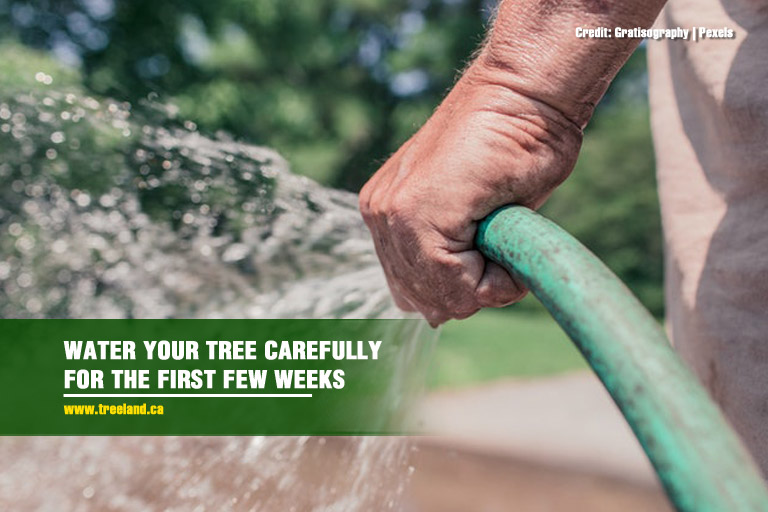
- Water Thoroughly
Proper watering is key to helping your tree grow strong and healthy. Some of the lessons from watering your lawn properly also apply to your trees. It’s vital you water the tree well through the next few weeks and months to help it establish itself in the new soil and develop strong roots. The trick is slow, deep irrigation.
Water less frequently but more thoroughly as time goes by to ensure the water soaks the ground around the roots. This method helps encourage the roots to spread out, allowing the tree to soak water more easily as time passes, and anchoring it to the ground for greater stability.
When it comes to planting and caring for trees, sometimes it pays to ask the pros. At Caledon Treeland, we provide high-quality trees and tree care advice so you can maintain your flourishing specimens. Call us now at (905) 880-1828 to make an appointment for a visit. Check out our tree farm to find the right tree for your home.
